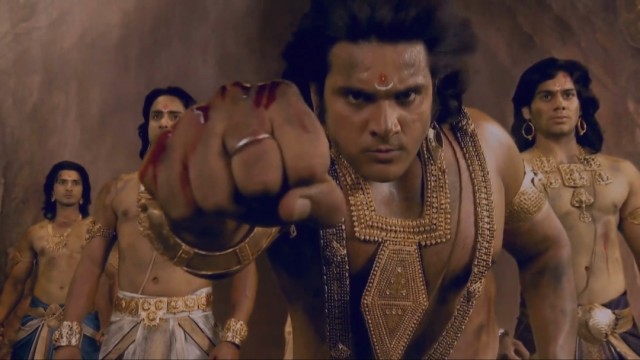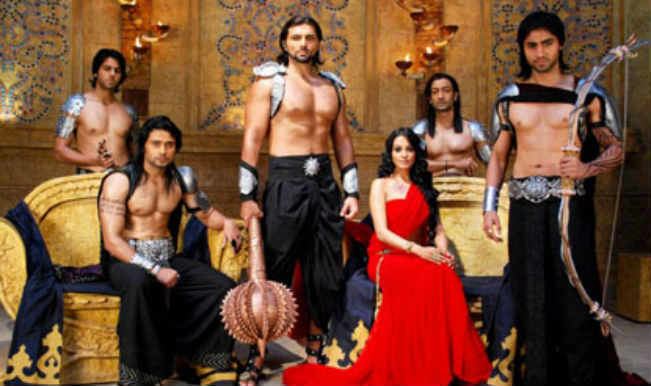
It is no wonder, perhaps, that those sections of conservative India who will cite Sita’s “transgression”-her crossing of the Lakshman Rekha-as the reason for women’s rape, will not speak of Draupadi. She demands justice, and is prepared to call down a war that destroys the clan in order to receive her due.

She will wear her hair loose, she says, as a reminder of the insult she does not see herself and her body as the property of the clan, least of all as the property of the husband, Yudhisthira, who has gambled her away to the Kauravas.

She berates the men for their complicity and their refusal to defend her instead of the shame visited on women who have been sexually assaulted, she expresses a fierce, searing anger. Draupadi’s reaction, after Krishna rescues her from Dushashana’s assault while her husbands and clan elders sit by in passive silence, is not meek gratitude. (This episode, Sita’s rejection of Rama and her building of a life without him, is seldom raised by guardians of the purity of Indian women.)ĭraupadi’s story is rarely referenced, though it is powerfully told in the Mahabharata. Sattar sees Sita as a woman who exercises complex choices, leaving a man who once loved her above all, and a marriage where she is no longer treated with respect. Gokhale points out that Sita is the first single mother. Sita, though, is not a passive victim, as Namita Gokhale, Arshia Sattar and others argue. It echoes the widespread views of many who blame women for being sexually assaulted, saying that they should not have gone out in public. This is raised explicitly by pseudo-Hindus, usually as a warning to women to stay behind a Lakshman Rekha, an arbitrarily drawn line of protection. The tale most often cited in the aftermath of assaults on women, such as the tragedy of the young woman who died this December after being gang-raped and injured by six men, is Sita’s abduction. The Mahabharata has the public assault on Draupadi at its heart, the abduction and revenge of Amba, and and the sanctioned rapes of Ambika and Ambalika by Ved Vyasa. The Ramayana has the abduction of Sita by Ravana, and running parallel to it, the disfiguring of Surpanakha by Rama and Lakshmana-two atrocities, not one, that trigger a war.

While this is a loss, both epics offer an insight into the way rape works in India.įive stories of rape and sexual assault from the epics are particularly useful. Over the centuries, the Ramayana and the Mahabharata have become India’s default epics, eclipsing the Rajatarangini, the Cilapatikkaram and other equally powerful legends in the mainstream imagination. In times of trouble, turning to the great epics is always useful: their ancient bloodstained lines are reminders that we do not have a premium on violence, rape and corpses. (Published in the Business Standard, 8th January 2013) Surpanakha, cast as the dark-skinned, monstrous outsider.


 0 kommentar(er)
0 kommentar(er)
